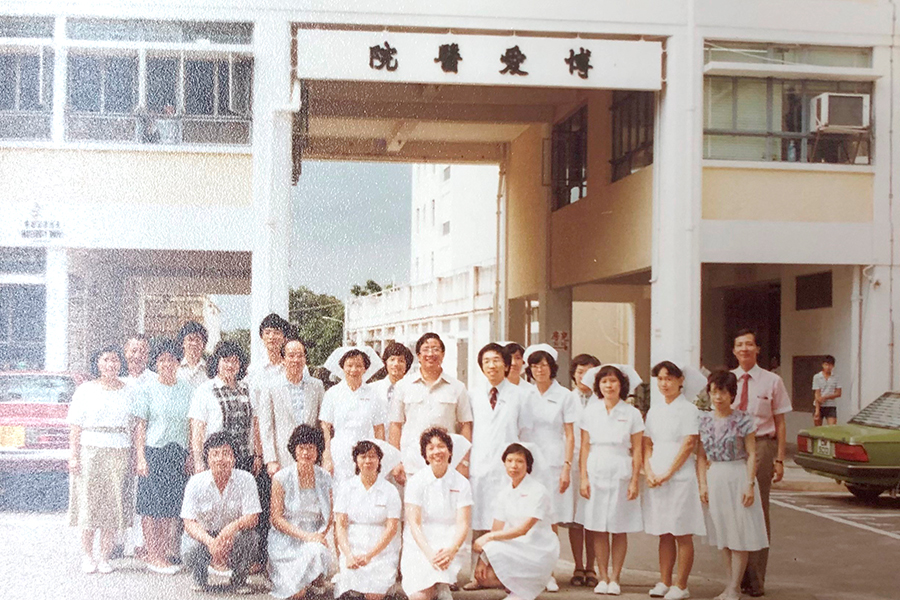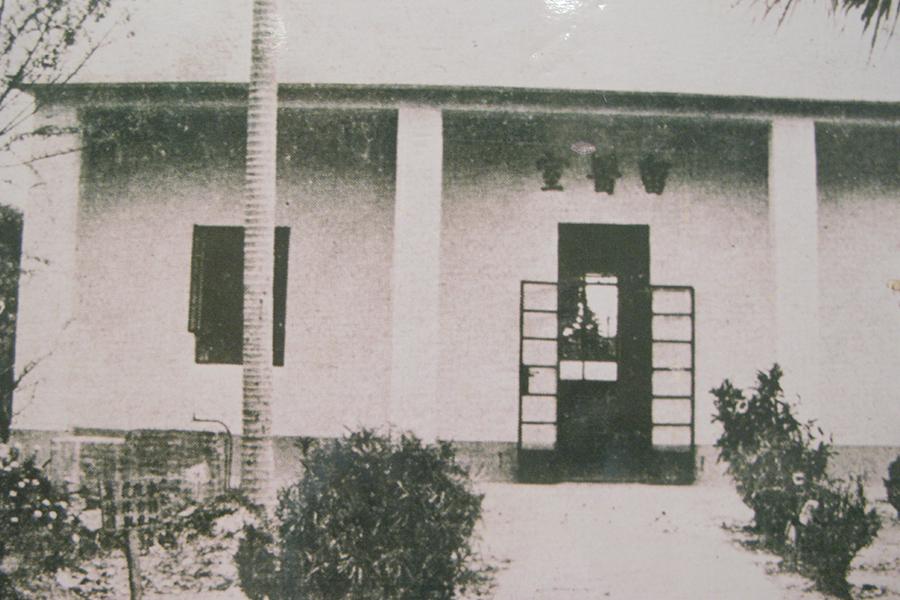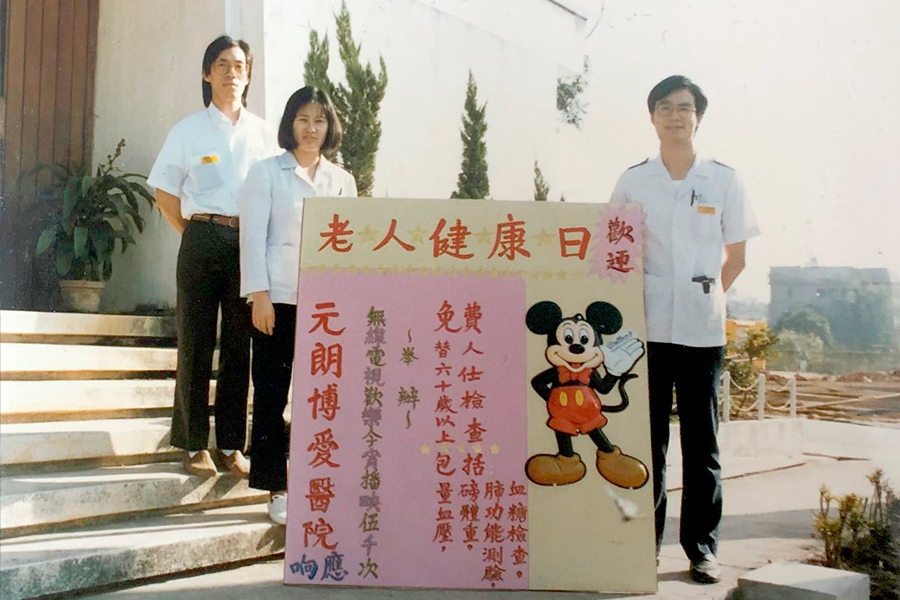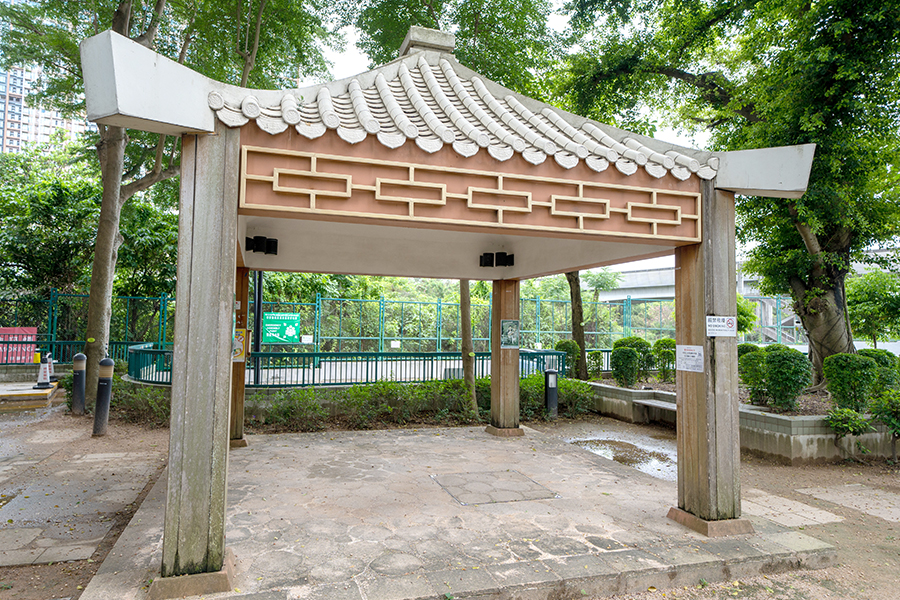
Milestones in a long history

From rural clinic to modern 24-hour hospital
 Pok Oi Hospital has seen extraordinary evolution over the past century. The seeds of the hospital were sown when benefactor Wong Shui from Zengcheng in Guangdong province visited Yuen Long in 1913 and empathised with residents who had no medical facilities at the time. Together with Yuen Long native Tang Pil-yu, he donated money to build a clinic in Au Tau, Yuen Long. The plan was eventually shelved, however, because of a shortage of funds. In 1919, another benefactor Tang Wai-tong donated HK$3,500 with other donors, including businessmen Chiu Chow-tin and Chiu Sam-tim, to build a number of outbuildings and stone houses in Yuen Long Market, which was named Pok Oi Hospital (POH). In its early days, the hospital provided only Chinese medicine services together with free hospitalisation and free coffins.
Pok Oi Hospital has seen extraordinary evolution over the past century. The seeds of the hospital were sown when benefactor Wong Shui from Zengcheng in Guangdong province visited Yuen Long in 1913 and empathised with residents who had no medical facilities at the time. Together with Yuen Long native Tang Pil-yu, he donated money to build a clinic in Au Tau, Yuen Long. The plan was eventually shelved, however, because of a shortage of funds. In 1919, another benefactor Tang Wai-tong donated HK$3,500 with other donors, including businessmen Chiu Chow-tin and Chiu Sam-tim, to build a number of outbuildings and stone houses in Yuen Long Market, which was named Pok Oi Hospital (POH). In its early days, the hospital provided only Chinese medicine services together with free hospitalisation and free coffins.
By the time the Japanese occupied Hong Kong in the 1940s, the hospital had fallen into disrepair. Businessman Chiu Lut-sau raised money to rebuild the hospital with the support of local dignitaries after the war. A single and modern hospital was built, and western medicine services were introduced, including free maternity services. The hospital became the largest integrated provider of Chinese and western medicine in the New Territories at the time. From 1960, it became a government-subsidised hospital, and was later expanded to include a new north wing, additional operating theatres, and sub-specialties.
POH officially joined the Hospital Authority in 1991 as part of a restructuring of hospitals serving the New Territories and was then further redeveloped and expanded in 2003. In 2006, patients were moved to a new hospital building and a 24-hour accident and emergency service resumed the following year. The hospital developed ambulatory care services and major specialties, growing into the diversified regional hospital it is today.
Directors and staff with a shared mission
 A Board of Directors was first established in 1950 to oversee all aspects of the hospital’s operations with election every year. According to Eric Law, before POH was put under HA, hospital staff was appointed by the Board and had a close relationship with each other, participating each year in the Pok Oi Charity Show as well as a host of fundraising and community events.
A Board of Directors was first established in 1950 to oversee all aspects of the hospital’s operations with election every year. According to Eric Law, before POH was put under HA, hospital staff was appointed by the Board and had a close relationship with each other, participating each year in the Pok Oi Charity Show as well as a host of fundraising and community events.
Delicate summertime surgery
POH has held a Summer Child Surgery Programme to provide circumcision under general anaestheic for primary and secondary school pupils since 2008. Frances says the surgery was only conducted in POH and always popular in summer holidays with parents. Healthcare workers would arrange children’s meals, ice cream, sweets, and even games and magic shows for the boys.Symbols of a rich history
Paifang The traditional arch was built in the 1950s following the renovation of the hospital. The couplets on the front and back of the paifang were created by famous Chinese calligraphers Cen Guang-yue and Au Kin-kung.
The traditional arch was built in the 1950s following the renovation of the hospital. The couplets on the front and back of the paifang were created by famous Chinese calligraphers Cen Guang-yue and Au Kin-kung.
The Memorial Arbour
 A memorial arbour was built at the time of the original construction of the hospital to mark its completion. The current arbour is a replica of the original.
A memorial arbour was built at the time of the original construction of the hospital to mark its completion. The current arbour is a replica of the original.
Painting of Shennong
 A painting of Shennong – the divine farmer and patron deity of Chinese traditional medicine practitioners – represents the hospital’s mission to heal the sick. All board directors would pay homage to Shennong before they were inaugurated and employees would seek his blessing before promoting to new roles.
A painting of Shennong – the divine farmer and patron deity of Chinese traditional medicine practitioners – represents the hospital’s mission to heal the sick. All board directors would pay homage to Shennong before they were inaugurated and employees would seek his blessing before promoting to new roles.